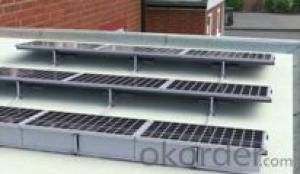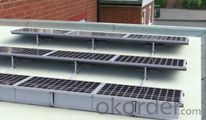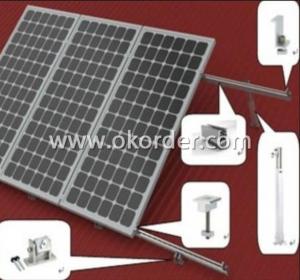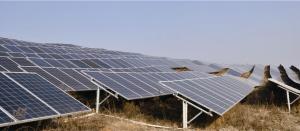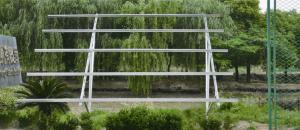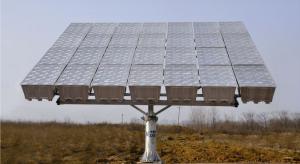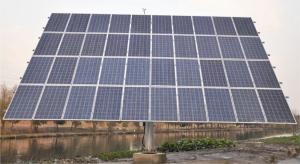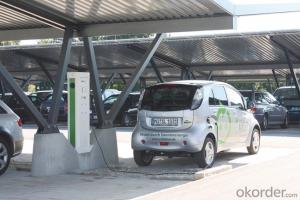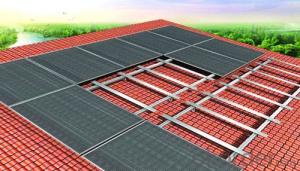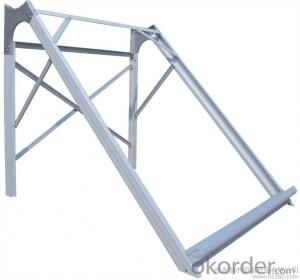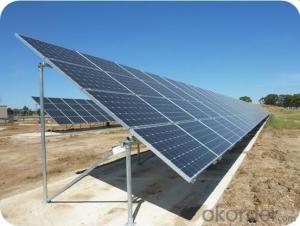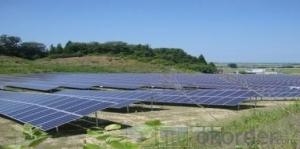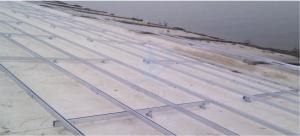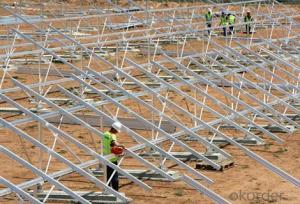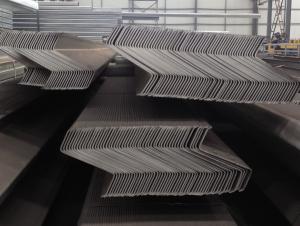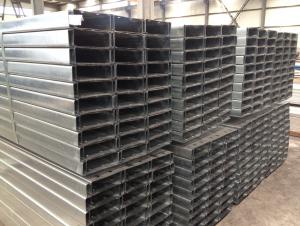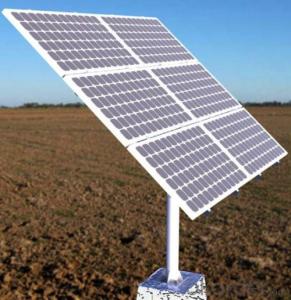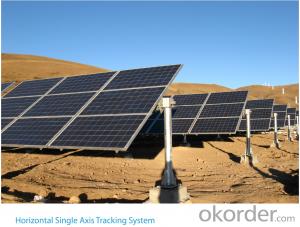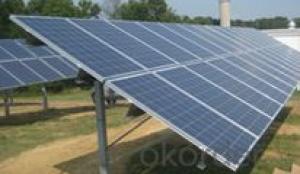Best Ballasted Solar Mounting System
- Loading Port:
- China Main Port
- Payment Terms:
- TT OR LC
- Min Order Qty:
- -
- Supply Capability:
- -
OKorder Service Pledge
OKorder Financial Service
You Might Also Like
Ballasted Solar Mounting System
Ballasted mounting System is a highly engineered solution that secures the array without damaging the flat roof. It is compatible with the usual framed photovoltaic modules and typically does not require roof penetrations. Made from lightweight and strong aluminum construction, the solar ballasted solution will arrive pre-assembly and pre-cut to prevent corrosion and save your labor cost and installation time.
Features:
Install site :Flat Roof
Tilt Angle :5deg, 10deg, 15deg, 20deg,
Module Orientation: Landscape
Building Height:<20 m
Max Wind Speed:<60m/s
Snow Load:<1.4KN/m2
Distributed weight: 10~25 kg/m2
Standard :AS/NZS 1170 and other international Standard
Material :High Class Aluminum alloy Al6005-T5& Stainless steel fasten
Color: Natural
Warranty:Ten years warranty and twenty years service life.
Benefits:
Easy to install. The pre-assembly support bracket can be connected easily with the rail to mount the framed solar panels. No prior training or staging is required but a detailed installation instruction. Ease of installation means lower project cost.
Offer unmatched durability: with all structural components comprised of high class stainless steel and anodized aluminum alloy, it is designed for twenty years service life and backed by ten years warranty.
Stand up to extreme weather. The grace solar ballasted mounting system is designed to stand up to the extreme weather complied with the AS/NZ 1170 and other international structure load standard by the skilled engineer. The main support components also have been test to guaranty its structure and load-carrying capacity.
Provide broad installation flexibility. These systems accommodate most commercially available framed solar panels and diverse roof types, and they can scale easily from small to large, multi-megawatt installations.
- Q: Can a solar mounting system be used on membrane roofs?
- Yes, a solar mounting system can be used on membrane roofs.
- Q: How does a solar mounting system affect the roof's maintenance requirements?
- A solar mounting system can affect the roof's maintenance requirements by increasing the need for regular inspections, cleaning, and potential repairs. The installation of the mounting system involves drilling holes and attaching brackets to the roof, which can create potential leak points if not properly sealed. Additionally, the presence of solar panels can make it more challenging to access and maintain the roof surface, restricting the ability to inspect and repair any underlying issues. Therefore, regular maintenance and care are essential to ensure the roof's integrity and prevent any long-term damage.
- Q: Can a solar mounting system be installed on a rooftop with a butterfly roof?
- Yes, a solar mounting system can be installed on a rooftop with a butterfly roof. However, it may require specific design considerations and modifications to ensure proper installation and functionality of the solar panels.
- Q: Can solar mounting systems be installed on mobile or temporary structures?
- Yes, solar mounting systems can be installed on mobile or temporary structures. These systems are designed to be versatile and adaptable, allowing for easy installation and removal on various surfaces and structures. Mobile or temporary structures such as RVs, trailers, tents, or portable buildings can benefit from solar power by utilizing these mounting systems.
- Q: What are the best practices for installing a solar mounting system?
- The best practices for installing a solar mounting system include conducting a thorough site assessment to evaluate the suitability of the location, ensuring the structural integrity of the roof or ground where the system will be installed, following manufacturer's instructions and guidelines for installation, using high-quality and durable mounting components, ensuring proper alignment and orientation of the solar panels for maximum sun exposure, securing the system firmly to withstand wind and other weather conditions, and finally, working with a professional installer who is experienced in solar system installations.
- Q: Can a solar mounting system be installed on a religious or worship center?
- Yes, a solar mounting system can be installed on a religious or worship center. Many religious institutions are embracing renewable energy solutions, including solar power, as a way to reduce their carbon footprint and promote sustainability. Installing solar panels on religious or worship centers not only helps them save on energy costs but also serves as a symbol of their commitment to environmental stewardship.
- Q: Are there any specific considerations for installing a solar mounting system in a snowy climate?
- Yes, there are specific considerations for installing a solar mounting system in a snowy climate. These include choosing a mounting system that can withstand heavy snow loads, ensuring proper tilt angles to prevent snow accumulation, using snow guards or anti-snow devices to prevent snow slides, and regularly clearing off snow from the solar panels for optimal performance. Additionally, it is important to ensure that the mounting system is designed to handle the freeze-thaw cycles and extreme temperatures that are common in snowy climates.
- Q: How do you secure a solar mounting system to the ground?
- A common method to secure a solar mounting system to the ground is by using concrete footings or ground screws. Concrete footings involve digging holes and pouring concrete to create a stable foundation. Ground screws, on the other hand, are large metal screws that are twisted into the ground to provide a secure attachment point. Both methods ensure the solar mounting system remains firmly anchored to the ground, even in adverse weather conditions.
- Q: Can solar mounting systems be installed on floating platforms or bodies of water?
- Yes, solar mounting systems can be installed on floating platforms or bodies of water. These floating solar systems, also known as floating solar farms or floating photovoltaic (PV) installations, use specially designed platforms to support the solar panels on water surfaces such as lakes, reservoirs, and even oceans. This approach offers several advantages, including increased energy generation due to the cooling effect of the water, reduced land requirements, and minimized evaporation from the water surface.
- Q: Can a solar mounting system be used with solar-powered cars?
- No, a solar mounting system is typically used to install and support solar panels on rooftops or the ground, whereas solar-powered cars have built-in solar panels that are integrated into the vehicle's design.
Send your message to us
Best Ballasted Solar Mounting System
- Loading Port:
- China Main Port
- Payment Terms:
- TT OR LC
- Min Order Qty:
- -
- Supply Capability:
- -
OKorder Service Pledge
OKorder Financial Service
Similar products
Hot products
Hot Searches
Related keywords
